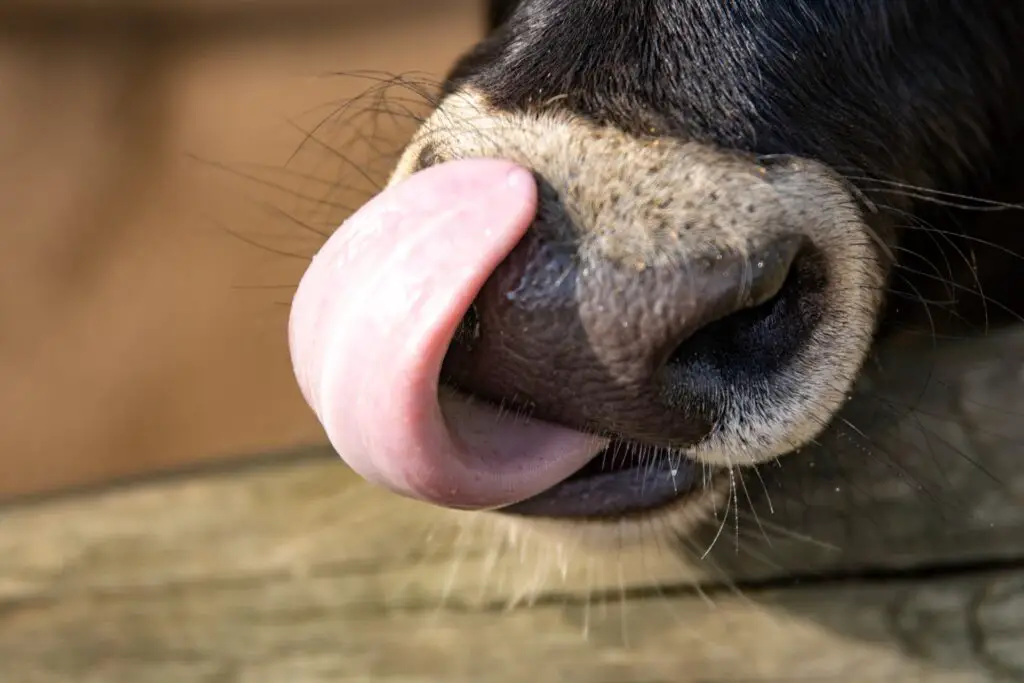
Malapropism is a comedic speech error where a word is substituted for a similar-sounding one with a different meaning, often for humorous effect. A famous example from a modern movie is in The Princess Bride when Vizzini says, “Inconceivable!” but means to say “incredible.”
Definition and Origin of Malapropisms
Malapropism is a humorous language mistake that occurs when someone unintentionally uses a word that sounds similar to the intended word but has a completely different meaning. This linguistic blunder often creates confusion and amusement, making it a popular device in comedy and satire.
The term “malapropism” comes from the character Mrs. Malaprop in Richard Brinsley Sheridan’s 1775 play “The Rivals.” Mrs. Malaprop frequently misused words in her speech, leading to many comical misunderstandings. The word “malaprop” itself is derived from the French phrase “mal à propos,” which means “inappropriate” or “ill-suited.”
How to Create Malapropisms in Writing
Incorporating malapropisms into your writing can add a touch of humor and lighten the mood. Here are some tips for creating and using malapropisms effectively:
1. Identify Similar-Sounding Words with Different Meanings
To create a malapropism, look for words that sound alike but have different meanings. These words are often homophones or near-homophones. Pay close attention to their pronunciation and the context in which they are used.
2. Use Malapropisms Intentionally for Comic Effect
While real-life malapropisms often happen by accident, in writing, they can be used intentionally to create humor. Choose a context where the mistaken word will produce a comical effect, and make sure the intended meaning can still be understood by the reader.
3. Balance Humor and Clarity
While malapropisms can be funny, they can also create confusion if used too frequently or inappropriately. Use them sparingly and ensure that the overall meaning of your writing remains clear.
Malapropisms in Literature and Entertainment
Malapropisms have a long history in literature and entertainment, where they are often used to create humorous situations or to satirize characters who misuse language. Some famous examples include:
- The character Dogberry in William Shakespeare’s “Much Ado About Nothing” frequently uses malapropisms, such as saying “comparisons are odorous” instead of “comparisons are odious.”
- The American comic strip “Archie” features a character named Mrs. Grundy who is known for her malapropisms, like saying “alimentary school” instead of “elementary school.”
- In the television show “Arrested Development,” the character Tobias Fünke is notorious for his unintentional malapropisms, often leading to awkward and hilarious misunderstandings.
Examples of Malapropisms
Here are some examples of malapropisms that showcase their humor and potential for confusion:
- “Texas has a lot of electrical votes” instead of “Texas has a lot of electoral votes.”
- “He’s a wolf in cheap clothing” instead of “He’s a wolf in sheep’s clothing.”
- “This salad has too many calvaries” instead of “This salad has too many calories.”
Conclusion: Embrace Malapropisms for Humorous and Lighthearted Writing
Incorporating malapropisms into your writing can add a layer of humor and playfulness, making your work more entertaining and engaging. By intentionally using similar-sounding words with different meanings, you can create comical situations and bring a smile to your readers’ faces.
So, don’t be afraid to experiment with malapropisms and explore their potential for humor. With a keen ear for language and a good sense of timing, you can create malapropisms that will not only enliven your writing but also delight and entertain your audience.
However, remember to use malapropisms judiciously and ensure that they don’t interfere with the overall clarity of your writing. Strike a balance between humor and comprehensibility to create an enjoyable reading experience.
By understanding the power of malapropisms and incorporating them into your writing, you can create memorable characters, humorous situations, and engaging dialogue that will resonate with your readers. So, go ahead and give malapropisms a try, and see how they can add a touch of laughter and amusement to your writing. Happy malaprop-making!
If you’re thirsty for more writing knowledge, head over here to learn all 74 literary devices.




